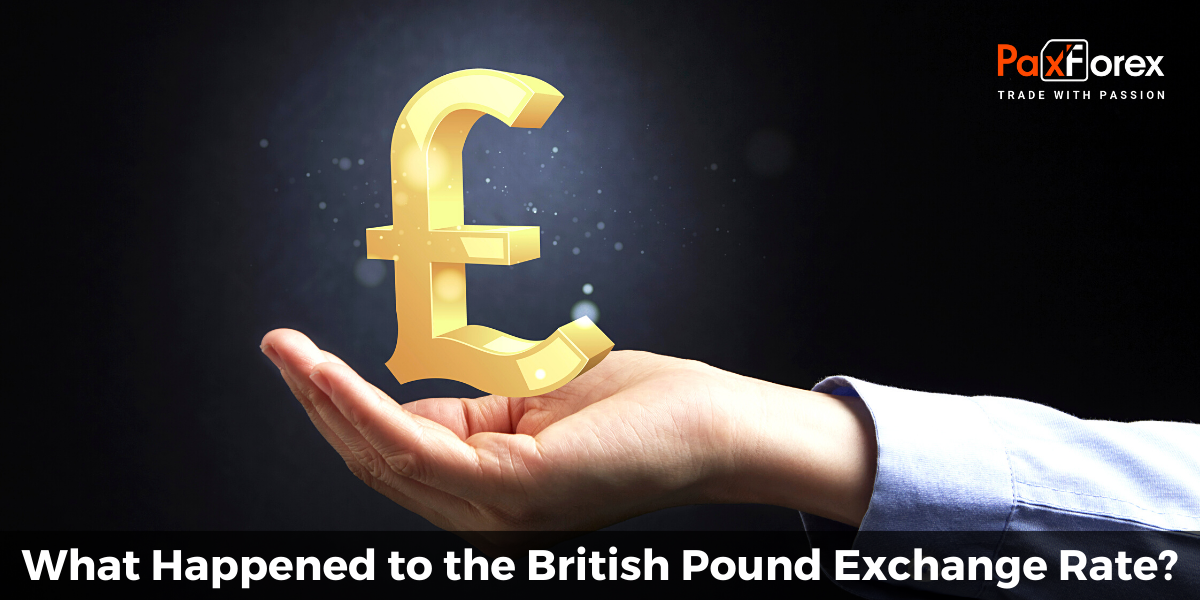
The British Pound Sterling has collapsed after it reached its intra-day high of 1.6338 on January 2nd 2013. Today the GBP has reached an intra-day low of 1.5132. The drop has been much more violent than those analysts who called for a collapse of the British currency at the beginning of the year. We believe that by the end of 2013 the GBP will have outperformed other major currencies.
The collapse spanned 1,206 pips from intra-day high to intra-day low in only seven weeks which rivals the depreciation of the Japanese Yen which reached an intra-day low of 77.12 on September 13th of 2012 and an intra-day high of 94.43 on February 11th for a total of 1,731 pips in five months. The main difference between the sharp devaluations is that the Bank of Japan vowed to deteriorate the Japanese Yen while the British Pound Sterling was hammered by a slew of terrible economic news coupled with a dovish Bank of England and slightly more hawkish U.S. Federal Reserve.
So, what happened to the British Pound Sterling Exchange Rate?
Terrible Fourth-Quarter GDP data. The British economy contracted by 0.3% during the final three months of the year which puts the UK on track for a triple-dip recession as most economists believe the economy will contract during the first-quarter of 2013.
Dovish Bank of England. The minutes of the latest Bank of England meeting showed that several members would vote in favor of an addition to the £375 Billion bond buying scam in the region between £25 Billion and £50 Billion. This was one-half of what caused what we views as the capitulation sell-off in the British Pound.
‘Hawkish’ U.S. Federal Reserve. The minutes of the latest Fed meeting showed concerns about QE3 and hinted at a potential pause in its U.S. Dollar destruction scheme which gave a temporary boost to the USD and contributed the second-half of yesterday’s capitulation sell-off in the GBP.
Some analysts call the GBP down to the mid 1.40 level. We witnessed a rally after it reached its intra-day lows, which is no unusual given its sharp drop. The pair currently trades above its 100 Fibonacci retracement level after it briefly broke down under those levels. The subsequent rally caused a break-out which now acts as support and the GBP should be able to ascend back above the 1.5600level where the 61.8 Fibonacci retracement level acts as resistance.
Positive aspects for a GBP rally:
The GBP sits at strong support from where it can launch a rally.
The Bank of England or rather the Monetary Policy Committee may refrain from adding to the £375 Billion bond buying scam.
The RSI is in extreme oversold territory as visible in its D1 chart.
The latest candlestick formed a hammer formation at support which is very bullish.
Inflation remains above 2.7% for four consecutive months and the Bank of England may think about fighting inflation rather than destroying its currency. A 25 basis point rate hike may happen towards the end of 2013.
The U.S. Dollar will continue to weaken as the U.S. economy is not as strong as market participants hope for and U.S. monetary policy is aimed at openly devaluating its currency in order to give its exporters a boost in hope it will stimulate the entire economy.
The U.S. Federal Reserve may have noted it will put QE3 on hold, but secretly already makes plans for a QE4 which will add a boost the GBPUSD exchange rate and cause a British Pound Sterling Rally.







